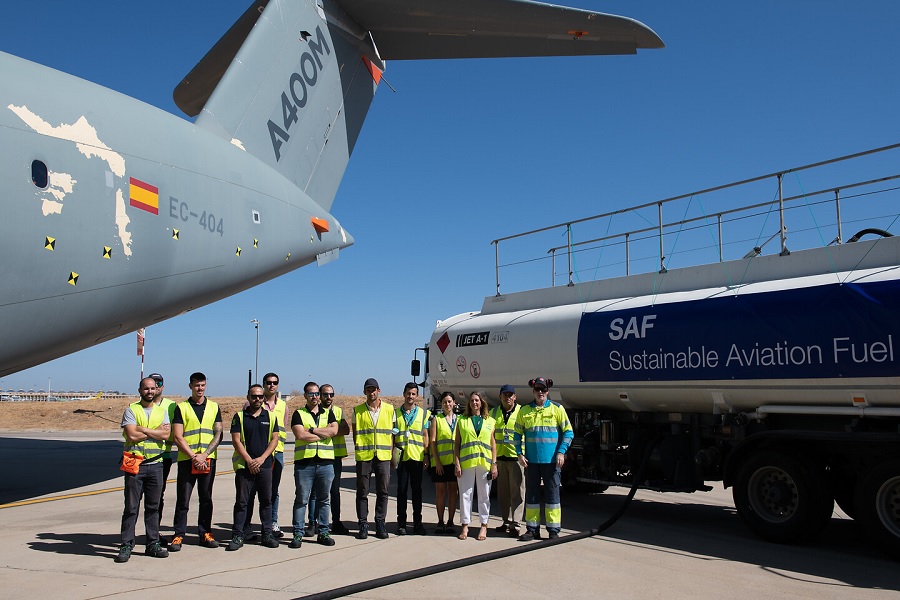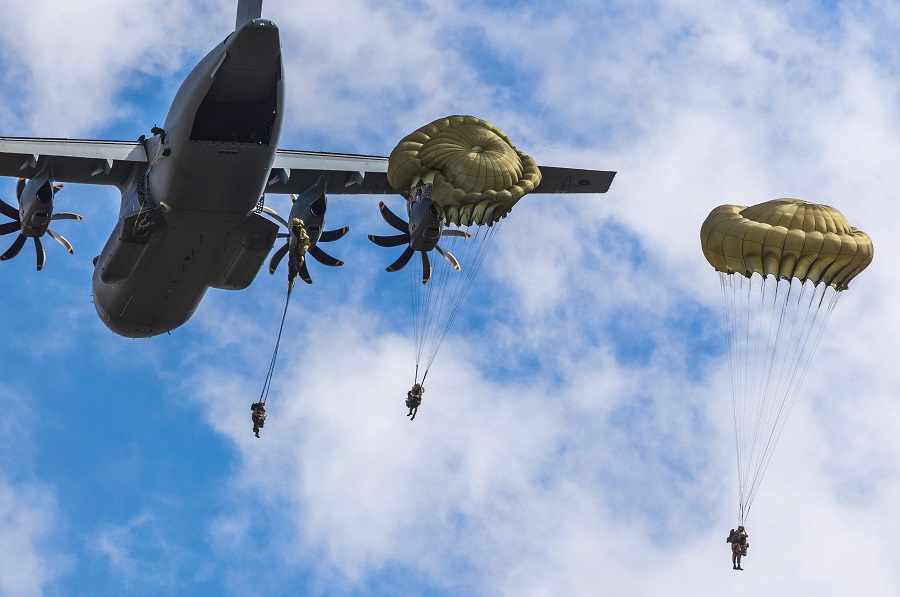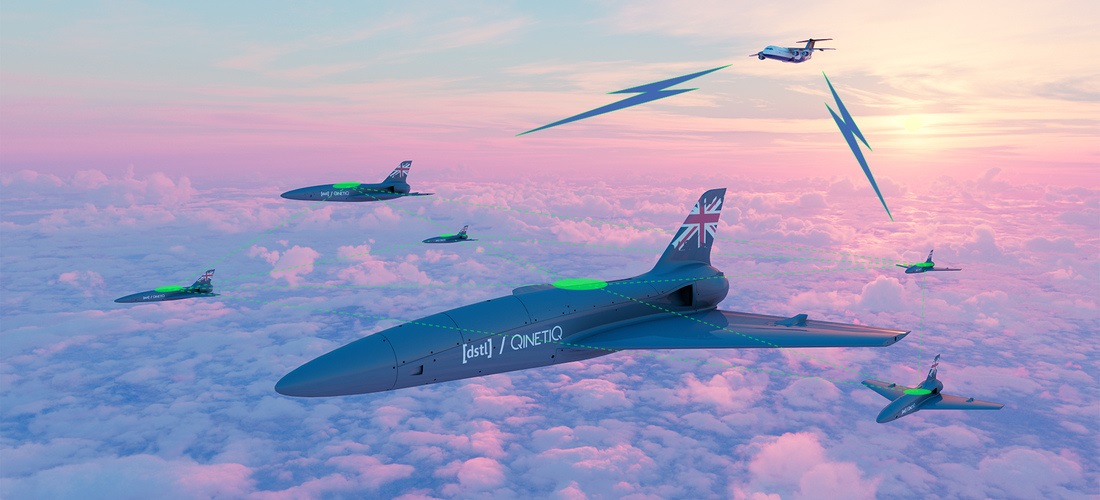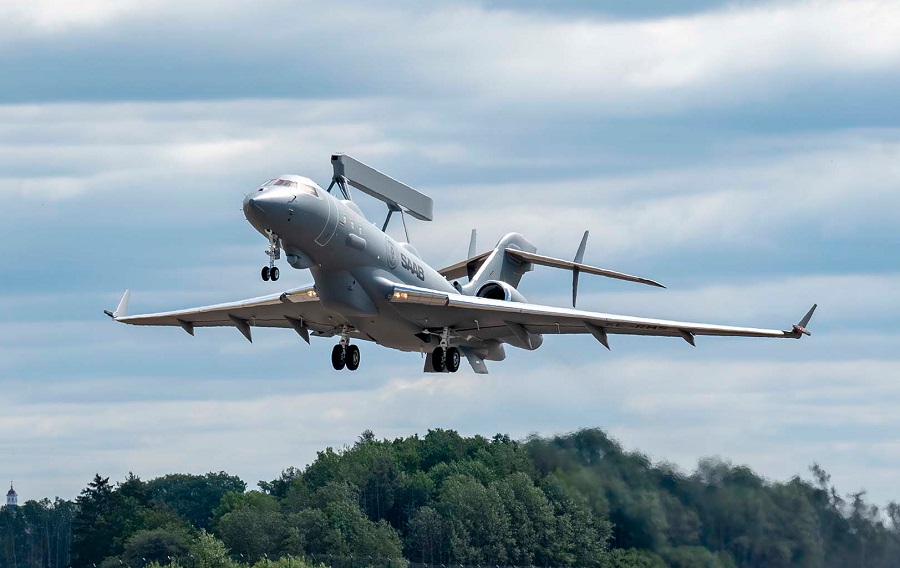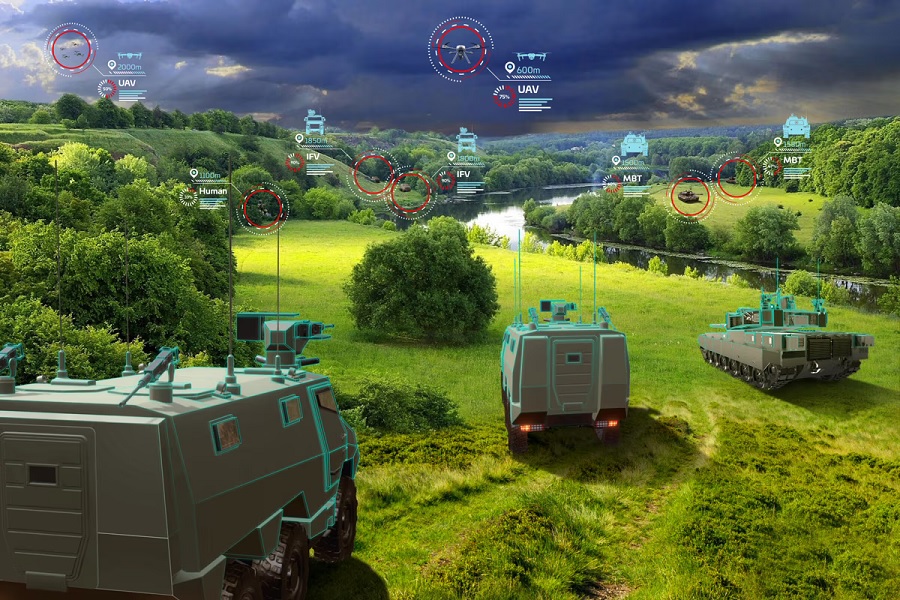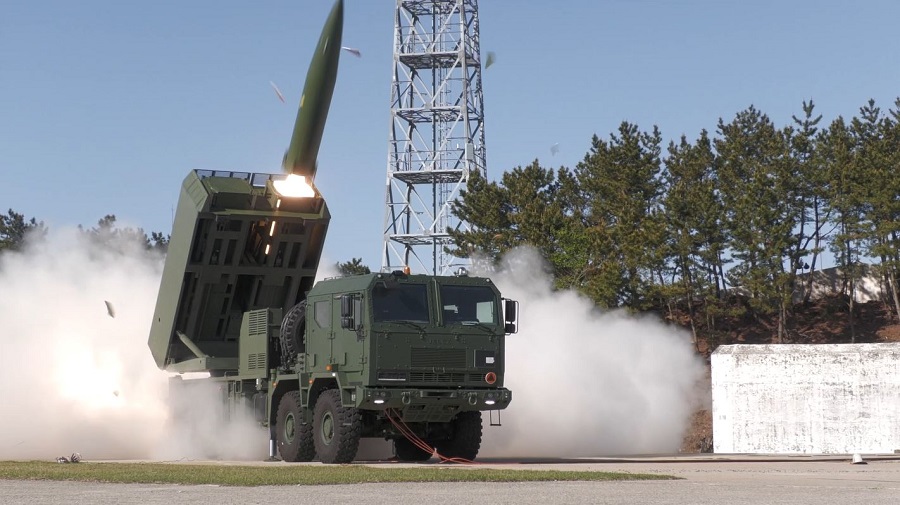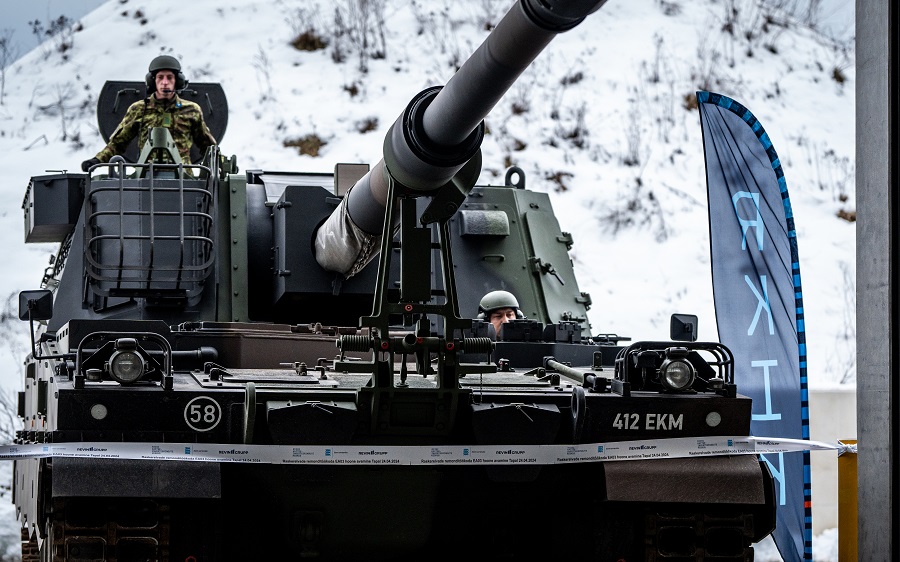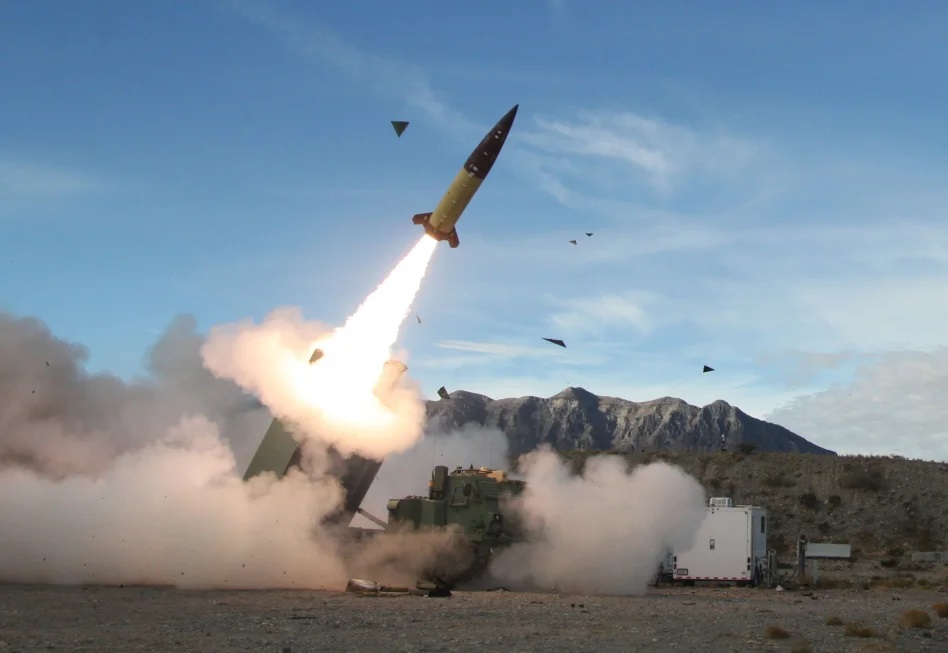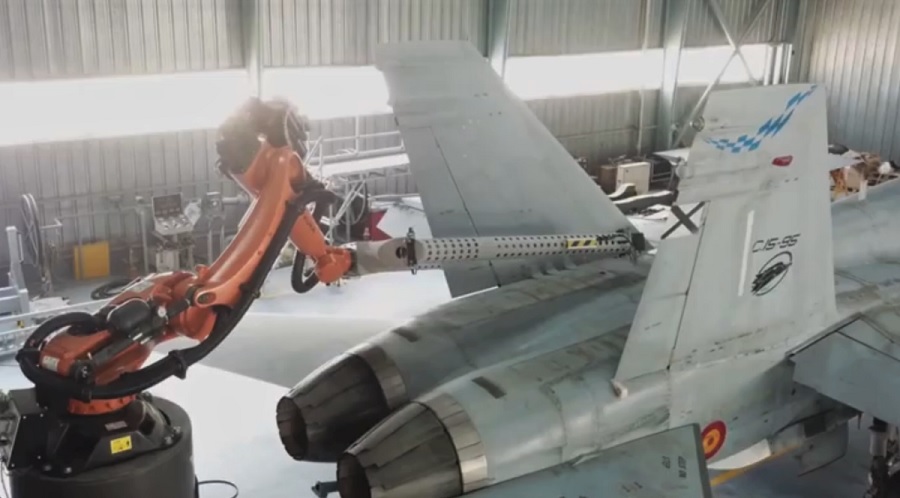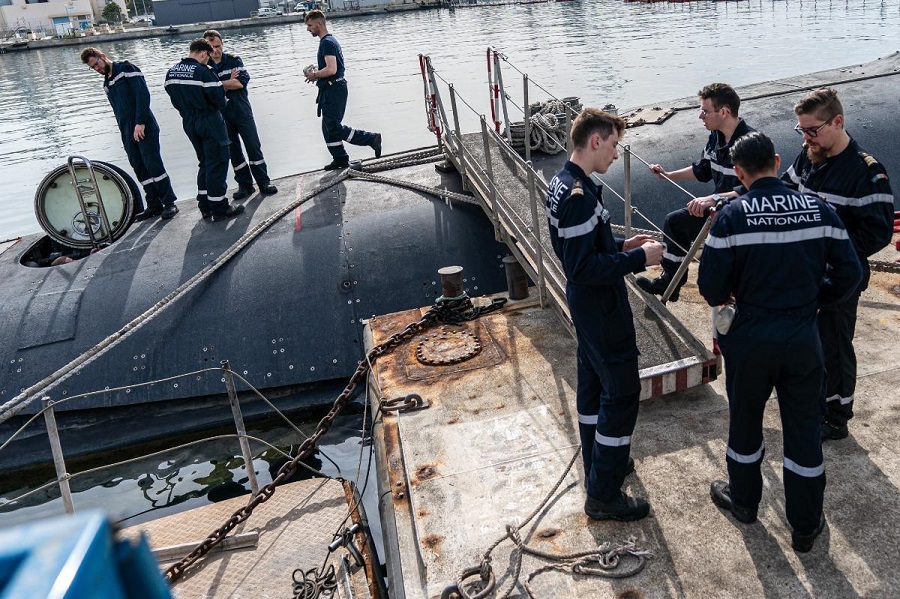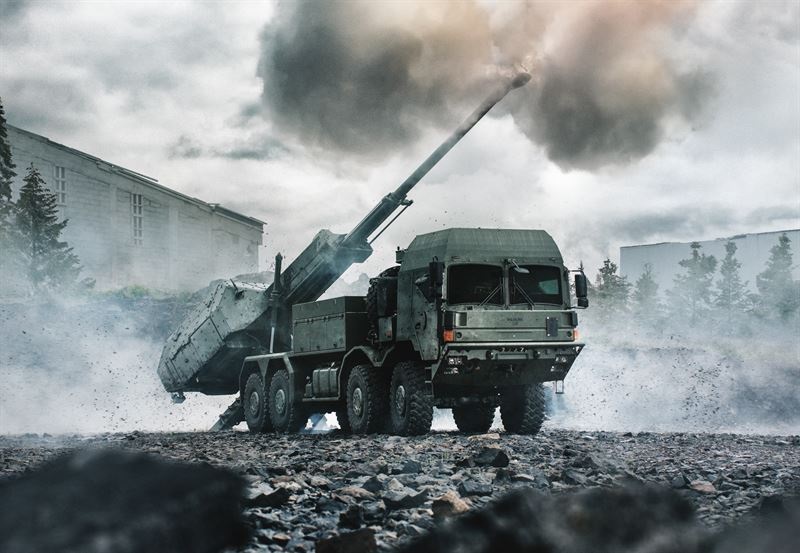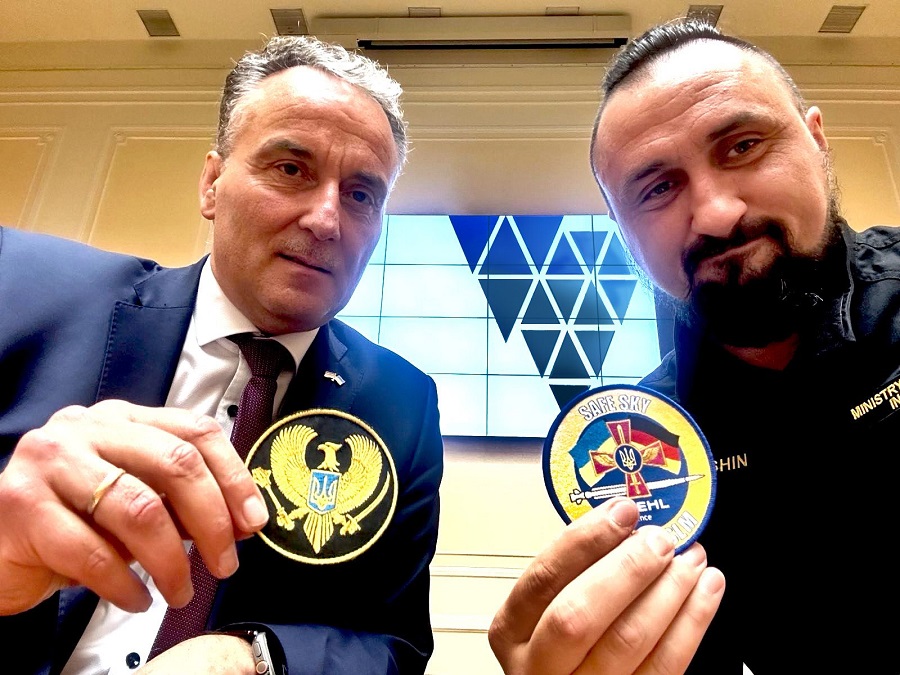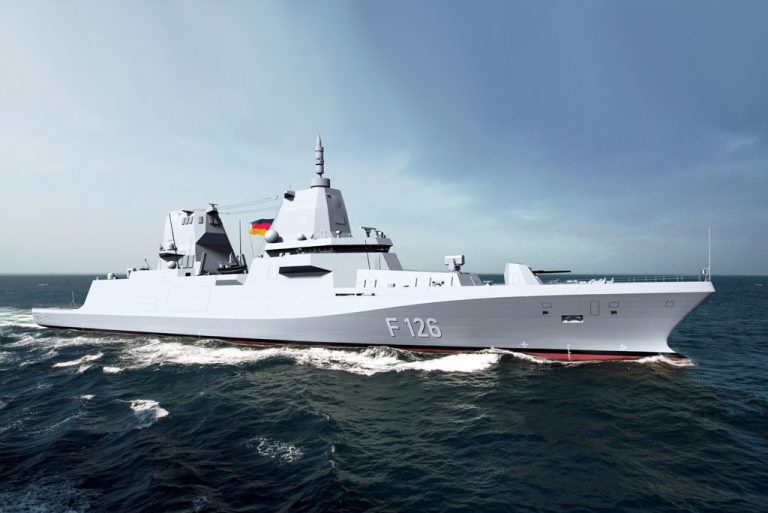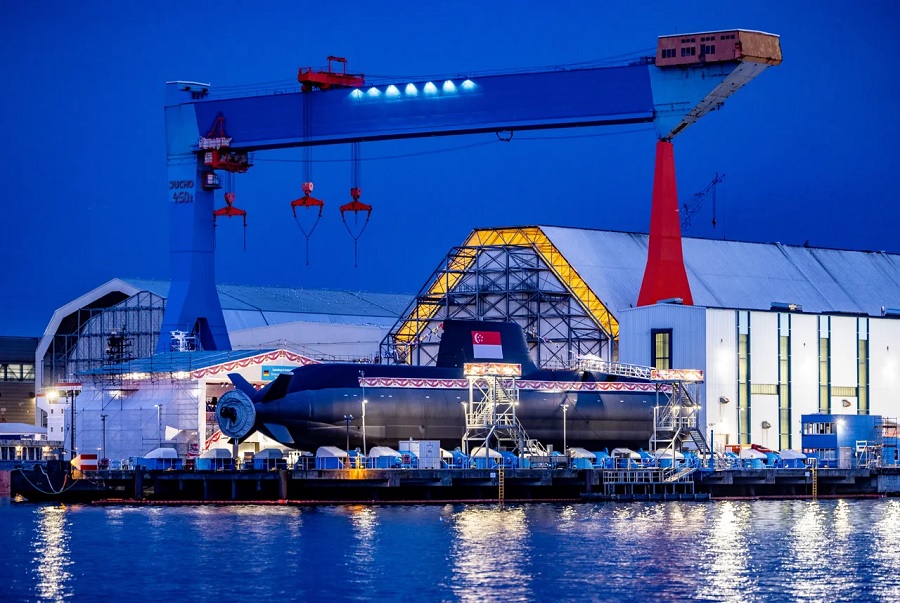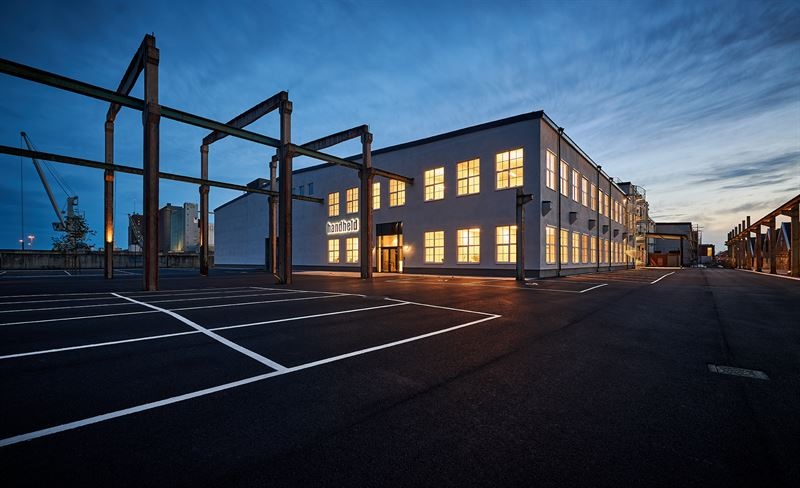With the pilots Michel Gagneux and Luis Daniel Sabariegos in the cockpit, the MSN4 performed its last flight to Bremen – number 1,000 and last one in its career – where it will be displayed from now on for a well-deserved retirement after nearly twelve years in service, and after its extraordinary contribution to the development of the A400M.
Since its first flight on 20 December 2010, the team behind the MSN4 has taken on every challenge along the way, and now faces its retirement with pride on how this aircraft helped reimagine the future of military operations, turning the A400M into the mature, reliable and modern aircraft it is today.
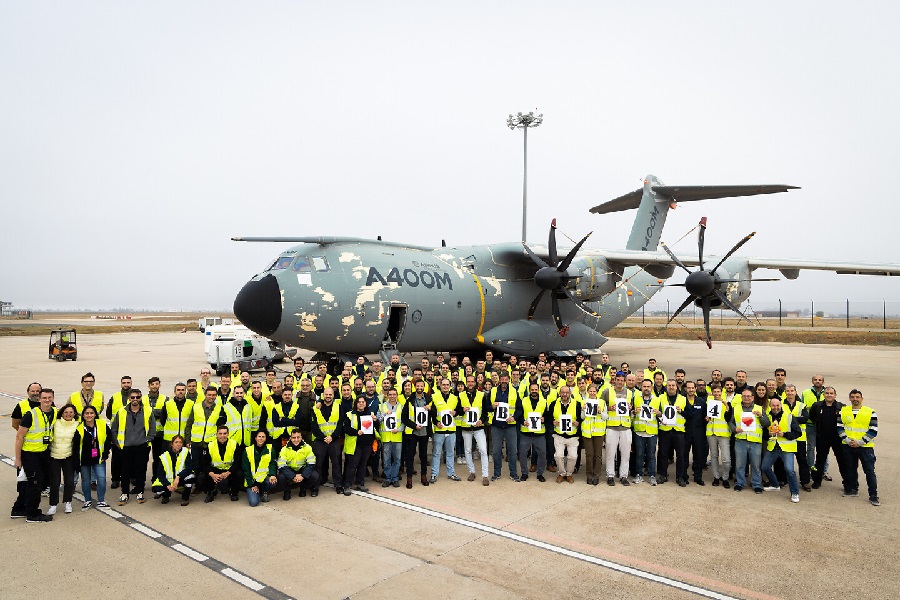
`Grizzly 4´: The rise of a warrior
Airbus A400M MSN4 has been used for all kinds of test flight campaigns through the years to develop key capabilities such as Aerial Delivery, Low Level Flight or Air-to-Air Refuelling, among others. With around 200 flights and 500 flight hours inside the cockpit of the MSN4, Ignacio Lombo, Chief Test Pilot at Airbus Defence and Space, has been witness and contributor to the development of the A400M. “I will keep Grizzly 4 in my memory as a strong and robust beast. We have taken it to the limit in speed, Mach, altitude, load factor (g’s) and almost tore off its skin!”, he shared. “This aircraft has exceeded all expectations in all kinds of operations with superior performance”.
MSN4 has also been key in the development and certification of the Air-to-Air Refuelling (AAR) capability as it is crucial for A400M operators today to fly further and safer on their military operations, as well as being able to perfect combos with other military platforms.
César González was the Flight Test Engineer in charge of the development and certification flight test of AAR capability, both as tanker and as receiver: “MSN4 was our Aerial Refuelling workhorse, as it was the one where we tested receiver capabilities with tankers like A330 Voyager and C160 Transall. As a tanker, we used MSN4 to develop and certify pods refuelling with F18 receivers, Hose Drum Unit refuelling with F18s and A400M receivers, the Cargo Hold Tanks (CHT) and more recently, the Helicopter Aerial Refuelling capabilities with H225M Caracal”, he shared.
It is precisely the Air-to-Air refuelling capability that came to Lombo´s mind when asked about its most challenging experience with the MSN4 as a pilot. “If I had to choose, I would say Air-to-Air Refuelling as receiver was the most challenging one. There was a lot of work behind the development of this capability. Through different steps, we reached the Flight Control Laws to perform the receiver role in an easy way with respect to other platforms. As a pilot, it has been fantastic to fly on different Flight Control Laws and, step by step, we managed to reach the perfect manoeuvrability of the aircraft”.
The MSN4 has been the determinant for the development and certification for cargo and parachute drops – these being key capabilities for A400M operators today – as it was designed in such a way that the cargo hold was free of instrumentation and, therefore, fully usable for aerial delivery or additional fuel tanks (CHT). “I fondly recall the early days of aerial delivery tests where we went from the very start of single loads by gravity and extraction, towing of (large) parachutes at low level and high altitude, to dropping 25 tonnes of loads in a single sequential stick of extracted platforms, as well as air displays at some of the UK airshows”, recalled Simon Nicastro, A400M Flight & Integration Test Programme Manager at Airbus.
One last happy landing. 🛬 After 12 years of service, the #Airbus #MSN4 lifted off for one last time, flying from Seville 🇪🇸 to Bremen 🇩🇪. There the #A400M will be prepared for retirement at #Bremen Airport. Read the full story here: https://t.co/U933aw03FA pic.twitter.com/AleZsa8WyC
— Airbus Defence (@AirbusDefence) November 10, 2022
It is precisely the Air-to-Air refuelling capability that came to Lombo´s mind when asked about its most challenging experience with the MSN4 as a pilot. “If I had to choose, I would say Air-to-Air Refuelling as receiver was the most challenging one. There was a lot of work behind the development of this capability. Through different steps, we reached the Flight Control Laws to perform the receiver role in an easy way with respect to other platforms. As a pilot, it has been fantastic to fly on different Flight Control Laws and, step by step, we managed to reach the perfect manoeuvrability of the aircraft”.
The MSN4 has been the determinant for the development and certification for cargo and parachute drops – these being key capabilities for A400M operators today – as it was designed in such a way that the cargo hold was free of instrumentation and, therefore, fully usable for aerial delivery or additional fuel tanks (CHT). “I fondly recall the early days of aerial delivery tests where we went from the very start of single loads by gravity and extraction, towing of (large) parachutes at low level and high altitude, to dropping 25 tonnes of loads in a single sequential stick of extracted platforms, as well as air displays at some of the UK airshows”, recalled Simon Nicastro, A400M Flight & Integration Test Programme Manager at Airbus.

The A400M today excels in the parachuting role, as it is able to carry more paratroopers over a greater distance, a capability that reinforces the strategic value the A400M already offers to air force operators and society.
All in all, MSN4 has exceeded expectations. “Many challenging campaigns, many successful flights, many impressive achievements and few surprises”, Gonzalez added. However, Lombo pointed out that it was not always a walk in the park: “We also faced some difficulties during this journey, but working as a team, we overcame all of these until we reached the certification and qualification of all the capabilities that our customers needed. We are really proud to see the A400M utilised by our customers in real operations all over the world”, Lombo said.

More than 100 A400M aircraft are deployed today in 8 different countries and, as part of Airbus’ compromise to a more sustainable military aviation, the MSN4 was also the first aircraft among the Military Air Systems unit to perform a first demo flight with Sustainable Aviation Fuel (SAF) last summer, guiding its successors into a cleaner future and helping to pave the way towards the decarbonisation of military aviation.
Bremen: Back to the beginning
The MSN4 is now back home in Bremen, where every A400M is born, with the `scars´ of all the battles it helped win during its remarkable career. “I will always keep this last flight in my memory. As the Captain, I speak on behalf of the team behind our dear friend Grizzly 4, and we want to thank this aircraft for the great times we have spent together”, Gagneux said. González shared the emotion: “I can’t help feeling that Grizzly 4 is my prototype, my baby. I feel a bit sad, but also proud of the work we achieved together with the team. Godspeed, mate! Time for you to rest after an exciting journey!”.
The team that now welcomes the MSN4 in Bremen is excited about the months ahead. “We are happy to have the MSN4 back home after all these years and all that it helped accomplish for the A400M development. It is in good hands here, where we will get it ready for its next chapter”, said Marc Steckling, Head of Site in Bremen at Airbus Defence and Space.
Dennis Neumann, Head of A400M Industrial Programme in Bremen, and currently leading the project for the future of the MSN4, gave some hints on the future plans of the aircraft. “This project hits the heart of all of us here at the Bremen site”, he said. “Before being placed at its final location next to the Bremen Airport, where everyone landing in Bremen will see it, it will get a new coat of paint and be configured to host team meetings and workshops as well as be part of the official guided site tour”.
This article was originally published on the Airbus website.




